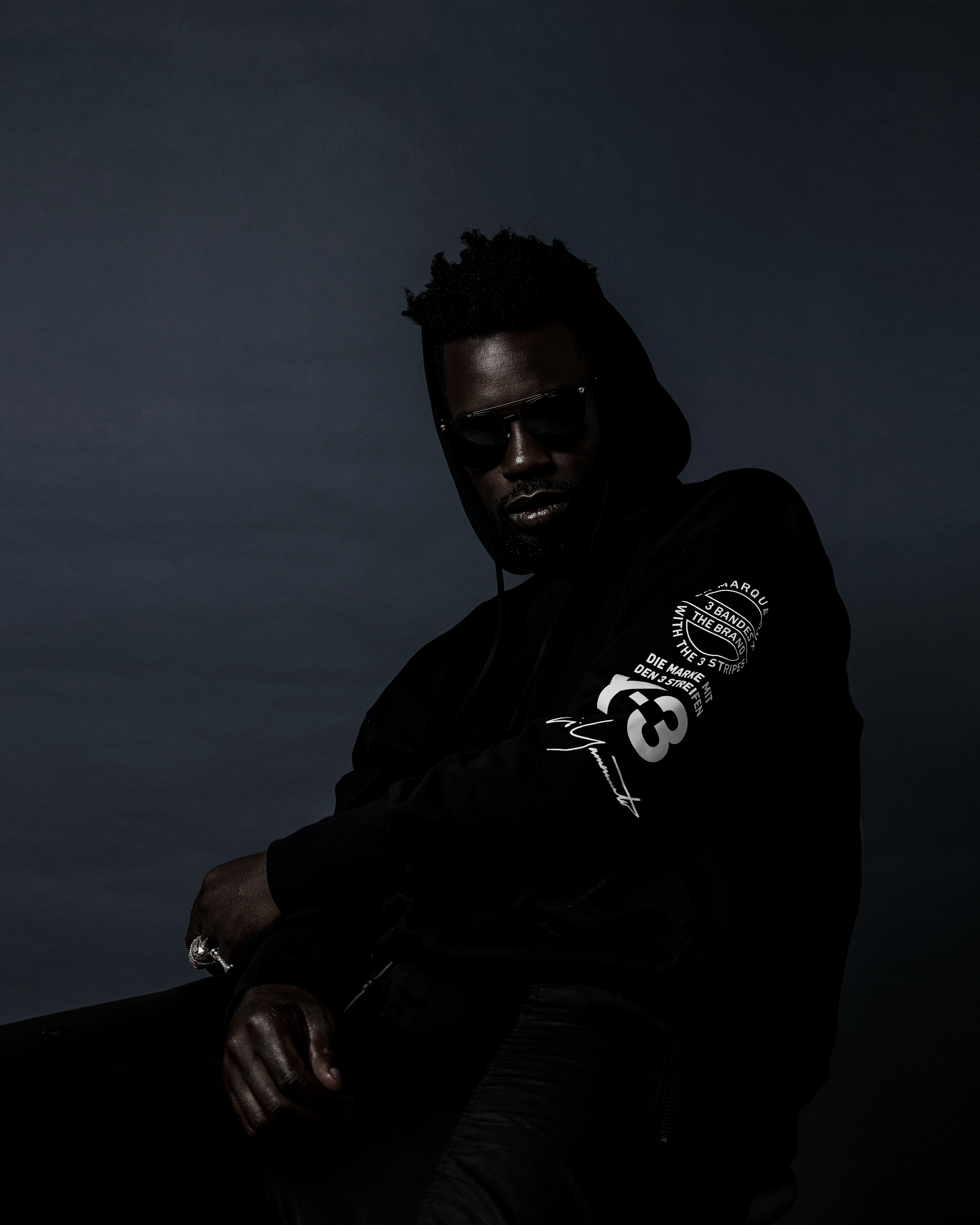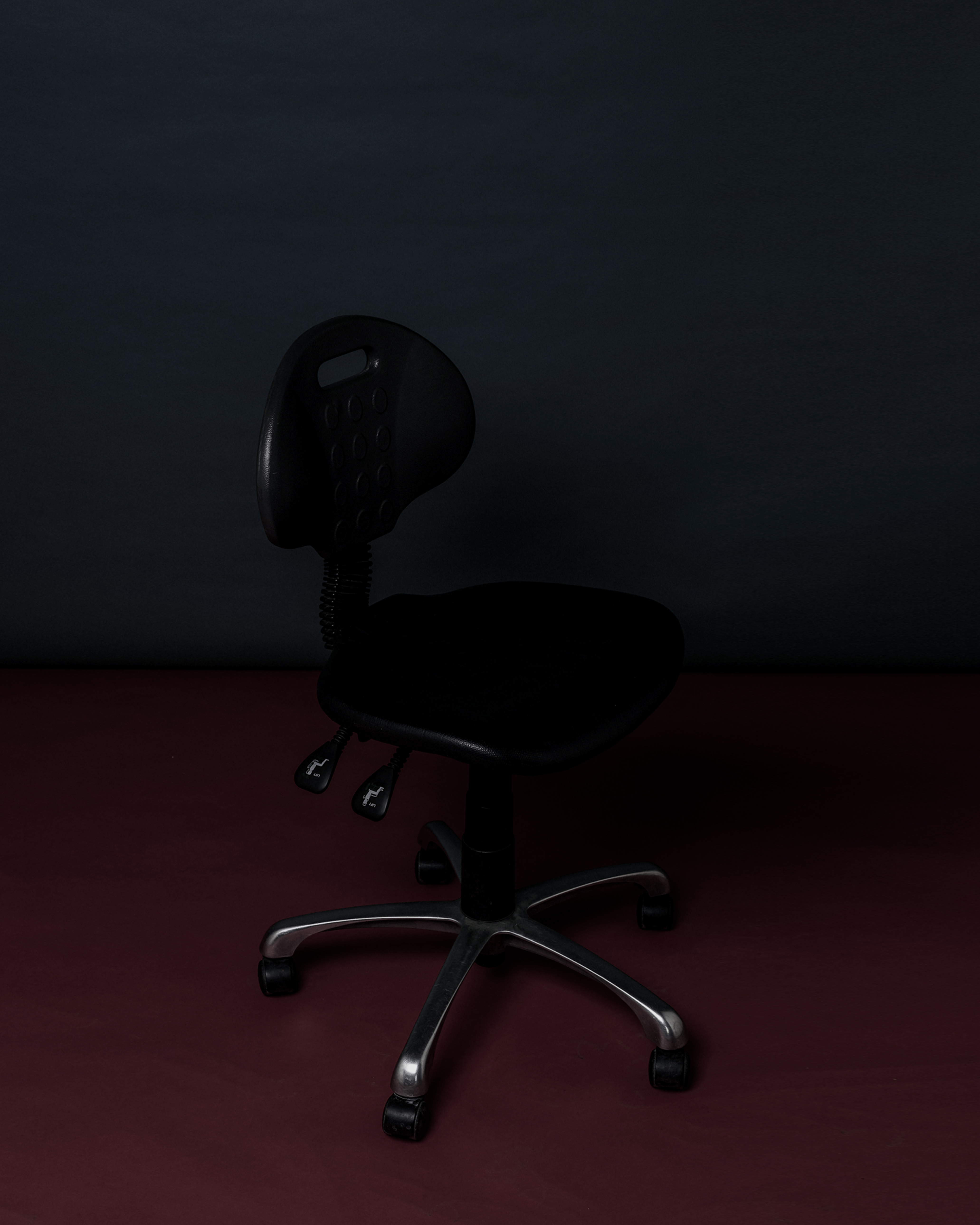Missu makes music for the summer. Feel-good synthy grooves that are just as much a jam cruising with the windows down or sweating it out on the jol. Which makes his debut EP ‘An Education’ well timed since it’ll take South Africans a month or 2 to pick up on the dopeness at hand.
In a weird way, it reminds me of Gateway Drugs’ self-titled EP. Not that it sounds the same although there’s plenty of 80s pastiche weaved into ‘An Education’, but in that it’ll probably be the cult-hit soundtrack for those who find it. Those who do find it will love it and make it blow up amongst an ever-growing fan base. Missu is already a rather popular chap in Durban with his fun live shows that are just straight up impossible not to dance to. Both his energy and songs are infectious, the dude is a multi-instrumentalist who puts effort into making each live show a unique experience.
‘An Education’ has five tracks and 4 features, most of whom you should probably recognise. Red Robyn, Costabesta, Robin Thirdfloor and Moonchild all add their unique personalities to the tracks. Each song suits the vocalist and feel like they were made closely together, making the EP a well-rounded release.
‘Dilemma’ is the opener and features Red Robyn. It kicks off as a dreamy synth pop number and then diverts into a sci-fi rap breakdown for a bit, only to then kick into this section that feels like you’re playing Space Invaders. It has so much depth and commands multiple listens. It’s fun, it’s cheeky, it’s sardonic, it’s honest. Oh, and the Luke Nelson directed video will have you feeling some type of way.
Costabesta comes through with a grime flow on ‘Coast’ which might have you mistaking him for Dizzee Rascal rapping over a beat made using cups and spoons. I can’t tell if the “You and you and you” line is a Max Normal reference, because it’s said with a similar cadence, but either way it’s a vibe.
‘Engojeni’ features Robin Thirdfloor and it’s an up-tempo feel-good dance track that’s all about the art of thrift shopping drenched in Kavinsky-like synths with a thumping beat. No Macklemore vibes here though as I know for a fact that Robin’s style comes from living that thrifty life.
Moonchild does her thing on the closer, ‘Popcorn’, which is a song about the pains of wearing high-heels and has a chorus about popping the corn on your foot. I shit you not. It’s amazing. Moonchild has a penchant for providing earworms and this one encourages on the jol footcare, although the imagery makes me think of Dr Pimple Popper which means this is either gonna gross some people out or turn them on.
‘An Education’ is a solid offering from a musician who really should be on your radar by now. There’s plenty of weirdness that’s held together by pop sensibilities, collabs that accentuate both, and a love of synths that would make Robert Moog proud.
Listen to Missu’s debut EP, ‘An Education’ here.






 2016’s Security narratively focused its menace on a conceptual journey through London nightlife. When I asked Gaika about its origin and inspiration, he suggested that it was “about fear, money and dying, inspired by my time getting my ankles wet in some neon lit underworld. The truth is there, if you know what to listen for”. The word security conjures images of control, rigidity and surveillance cameras watching over clinical spaces. But the album sounds profoundly out of control, with Gaika’s howling tales of nights lost under a blizzard of drugs, guns, money or worse. At first listen, lyrics like “I’m getting smashed like the world ain’t real”, seem to echo the depressive hedonism of Future or The Weeknd. But while those artists can never seem to identify the causes of their existential malaise, Gaika pulls a brilliant rhetorical move with the closing song ‘
2016’s Security narratively focused its menace on a conceptual journey through London nightlife. When I asked Gaika about its origin and inspiration, he suggested that it was “about fear, money and dying, inspired by my time getting my ankles wet in some neon lit underworld. The truth is there, if you know what to listen for”. The word security conjures images of control, rigidity and surveillance cameras watching over clinical spaces. But the album sounds profoundly out of control, with Gaika’s howling tales of nights lost under a blizzard of drugs, guns, money or worse. At first listen, lyrics like “I’m getting smashed like the world ain’t real”, seem to echo the depressive hedonism of Future or The Weeknd. But while those artists can never seem to identify the causes of their existential malaise, Gaika pulls a brilliant rhetorical move with the closing song ‘



 Tube Station
Tube Station Manthe Ribane
Manthe Ribane DancerII
DancerII
 Sky H1
Sky H1 Bill Kouligas
Bill Kouligas